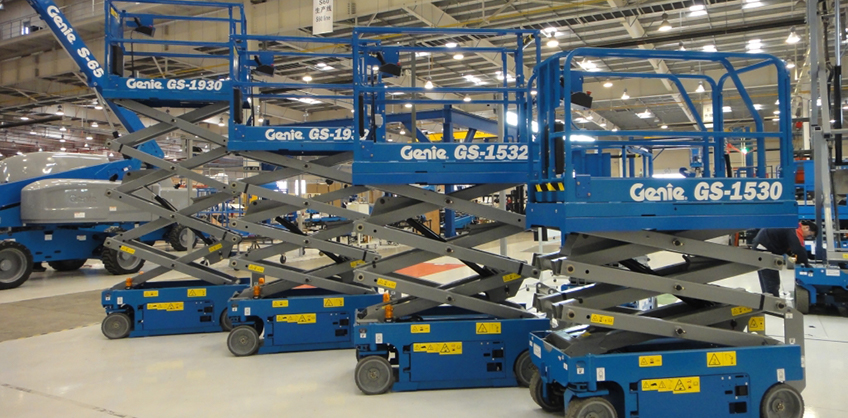Technology Overview: Tools for Training
by Scott Owyen - Director of Training On Aug 27, 2020, 03:00 AM
Subscribe To Aerial Pros
Filter by tags
It seems that virtual reality (VR) and the use of simulators have been around for years, but lately, it has gained prominence in the MEWP (mobile elevating work platforms) market as the industry continues to look for ways to make training safer, easier and more efficient.
Advantages of VR
Always on the lookout for ways to train MEWP owners and operators,some companies use training simulators to immerse a potential operator into a virtual reality environment to simulate specific work challenges, demonstrate machine features and functions,as well as to test their performance and reaction time during simulated virtual experiences.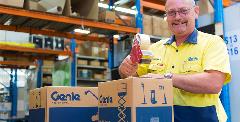 The technology is basically an introduction to what the operator may encounter during a real-life situation and provide an opportunity for them to identify how to respond to certain challenges. Some VR systems even allow an operator to experience a simulated work environment and perform tasks using a virtual MEWP. This may assist in familiarizing a MEWP operator with a specific control system or control functions prior to operating a real MEWP.
The technology is basically an introduction to what the operator may encounter during a real-life situation and provide an opportunity for them to identify how to respond to certain challenges. Some VR systems even allow an operator to experience a simulated work environment and perform tasks using a virtual MEWP. This may assist in familiarizing a MEWP operator with a specific control system or control functions prior to operating a real MEWP.
It is to note that these are not video games. VR simulators replicate the entire operating experience,including sound, motion and vision. So, for example, if the operator was practicing loading a simulated boom onto a truck and dropped a wheel off the side, he would feel the platform move. Or, if the operator backs into an object during the simulation, the platform will jerk.
The upside to using simulators is that, by practicing what they’re trying to learn, operators can retain more of their training experiences.
Advancements and Advantages
Virtual reality is simply one aspect of the potential benefits. Enhanced reality (ER) and augmented reality (AR) also offer incredible benefits to the training world by providing a means of going beyond a simulated work environment and providing the ability to experience a virtual walk-around on machines, reviewing how an unlimited number of control systems work and much more —without the need for expensive hardware and being limited to a single user.
VR, ER and AR systems provide a means for a potential MEWP operator to experience challenging and difficult situations that they may encounter in real life and learn how to properly respond to those situations in a safe and controlled environment. Much like airline pilots who train on simulators to develop response mechanisms and skills before they pilot a plane, these systems may assist an individual in preparing for the actual operation of a MEWP.
In the aerial industry, these types of systems may assist in familiarizing an individual on a specific machine prior to actually operating it in a real-world situation or demonstrate to them certain situations that they may encounter and provide a means to respond to that situation in a safe environment. It may also provide a means to be able to evaluate an individual’s potential capability.
Limitations of Technology
Despite all the advantages these types of systems offer, they can never replace actual hands-on practical operation. Even airline pilots who go through virtual training must eventually actually pilot a jet. VR, ER nor AR systems cannot prepare an operator for every potential hazard that they may encounter, but proper training and actual physical operation with a qualified instructor may.
Currently, the cost of VR is almost prohibitive. A single VR platform in a training center is not practical when you are training a typical group of 10-12 students because only one person can use the platform at a time.
ER or AR may be more attainable soon, as each student could be equipped with a headset that allows them to experience what everyone else is at the same time —making it much more cost effective. Of course, like everything else, as the cost of these platforms comes down,they will be more attractive in high-volume training functions in the future.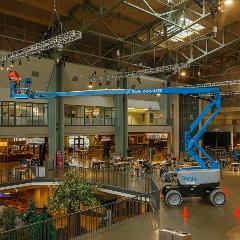
In the future, we will see more of these types of systems being implemented in the training world —it is an exciting time. There’s no question the most important benefit of VR, ER and AR is safety, potentially reducing workplace incidents. And, these type of training systems can also enhance efficiency by measuring the time needed to complete tasks and identifying any activities that are being performed at below average levels and need to be improved.
The most important point that everyone must realize —and remember —is that these systems are an enhancement of training and should never replace actual hands-on practical operation of a MEWP.
Genie supports these activities as we support any activity that promotes safety in our industry. The potential for VR, AR and ER is enormous, and Genie continually reviews and evaluates systems that we believe have the most potential going forward.
Advantages of VR
Always on the lookout for ways to train MEWP owners and operators,some companies use training simulators to immerse a potential operator into a virtual reality environment to simulate specific work challenges, demonstrate machine features and functions,as well as to test their performance and reaction time during simulated virtual experiences.
 The technology is basically an introduction to what the operator may encounter during a real-life situation and provide an opportunity for them to identify how to respond to certain challenges. Some VR systems even allow an operator to experience a simulated work environment and perform tasks using a virtual MEWP. This may assist in familiarizing a MEWP operator with a specific control system or control functions prior to operating a real MEWP.
The technology is basically an introduction to what the operator may encounter during a real-life situation and provide an opportunity for them to identify how to respond to certain challenges. Some VR systems even allow an operator to experience a simulated work environment and perform tasks using a virtual MEWP. This may assist in familiarizing a MEWP operator with a specific control system or control functions prior to operating a real MEWP. It is to note that these are not video games. VR simulators replicate the entire operating experience,including sound, motion and vision. So, for example, if the operator was practicing loading a simulated boom onto a truck and dropped a wheel off the side, he would feel the platform move. Or, if the operator backs into an object during the simulation, the platform will jerk.
The upside to using simulators is that, by practicing what they’re trying to learn, operators can retain more of their training experiences.
Advancements and Advantages
Virtual reality is simply one aspect of the potential benefits. Enhanced reality (ER) and augmented reality (AR) also offer incredible benefits to the training world by providing a means of going beyond a simulated work environment and providing the ability to experience a virtual walk-around on machines, reviewing how an unlimited number of control systems work and much more —without the need for expensive hardware and being limited to a single user.
VR, ER and AR systems provide a means for a potential MEWP operator to experience challenging and difficult situations that they may encounter in real life and learn how to properly respond to those situations in a safe and controlled environment. Much like airline pilots who train on simulators to develop response mechanisms and skills before they pilot a plane, these systems may assist an individual in preparing for the actual operation of a MEWP.
In the aerial industry, these types of systems may assist in familiarizing an individual on a specific machine prior to actually operating it in a real-world situation or demonstrate to them certain situations that they may encounter and provide a means to respond to that situation in a safe environment. It may also provide a means to be able to evaluate an individual’s potential capability.
Limitations of Technology
Despite all the advantages these types of systems offer, they can never replace actual hands-on practical operation. Even airline pilots who go through virtual training must eventually actually pilot a jet. VR, ER nor AR systems cannot prepare an operator for every potential hazard that they may encounter, but proper training and actual physical operation with a qualified instructor may.
Currently, the cost of VR is almost prohibitive. A single VR platform in a training center is not practical when you are training a typical group of 10-12 students because only one person can use the platform at a time.
ER or AR may be more attainable soon, as each student could be equipped with a headset that allows them to experience what everyone else is at the same time —making it much more cost effective. Of course, like everything else, as the cost of these platforms comes down,they will be more attractive in high-volume training functions in the future.

In the future, we will see more of these types of systems being implemented in the training world —it is an exciting time. There’s no question the most important benefit of VR, ER and AR is safety, potentially reducing workplace incidents. And, these type of training systems can also enhance efficiency by measuring the time needed to complete tasks and identifying any activities that are being performed at below average levels and need to be improved.
The most important point that everyone must realize —and remember —is that these systems are an enhancement of training and should never replace actual hands-on practical operation of a MEWP.
Genie supports these activities as we support any activity that promotes safety in our industry. The potential for VR, AR and ER is enormous, and Genie continually reviews and evaluates systems that we believe have the most potential going forward.
Related Posts
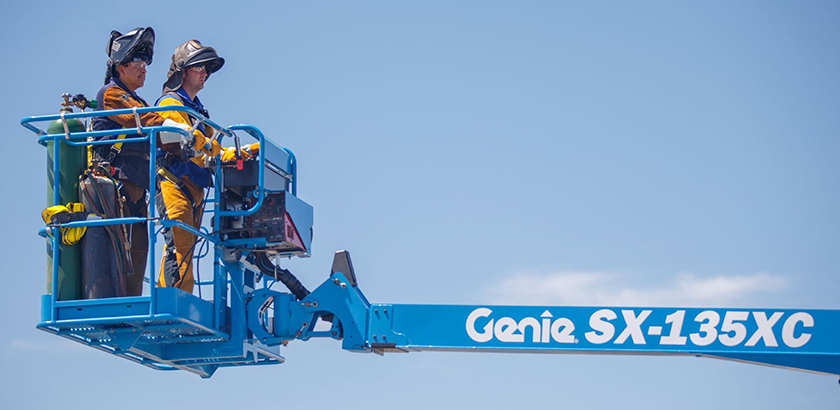
Updated Training Requirements
One of the biggest challenges facing our industry today is how to increase awareness about why safety training is so important.
Continue Reading
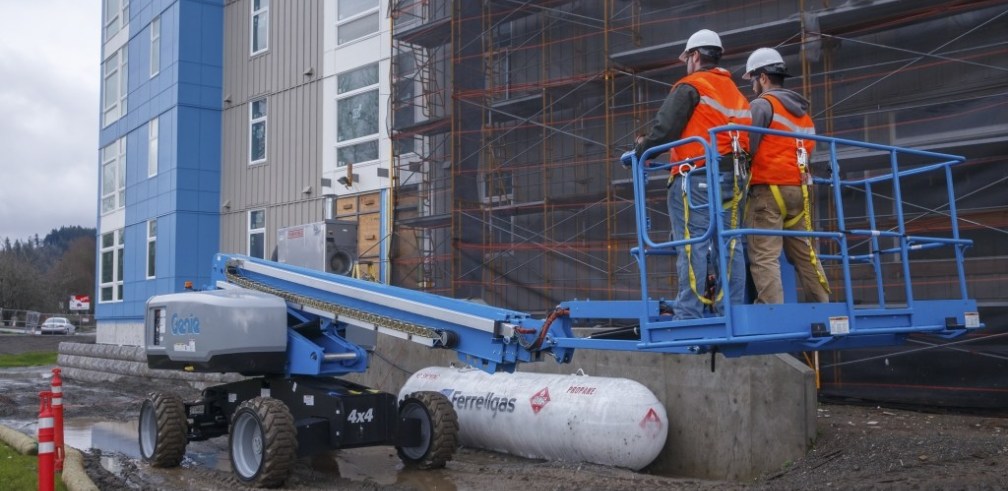
What you need to Know About Aerial Work Platform Training
Safety is always a priority on every work site.
Continue Reading
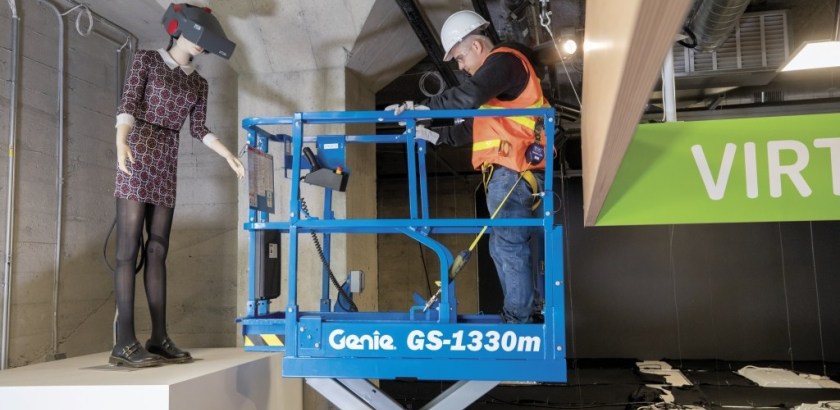
What Constitutes Proper MEWP Training?
One of the biggest challenges facing our industry today is how to increase awareness about why safety training is so important.
Continue Reading


